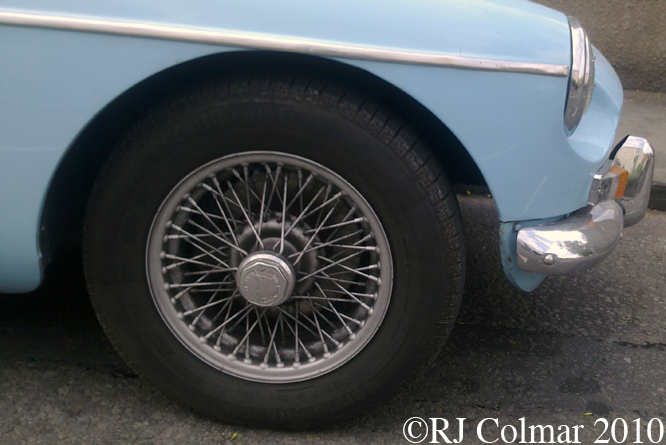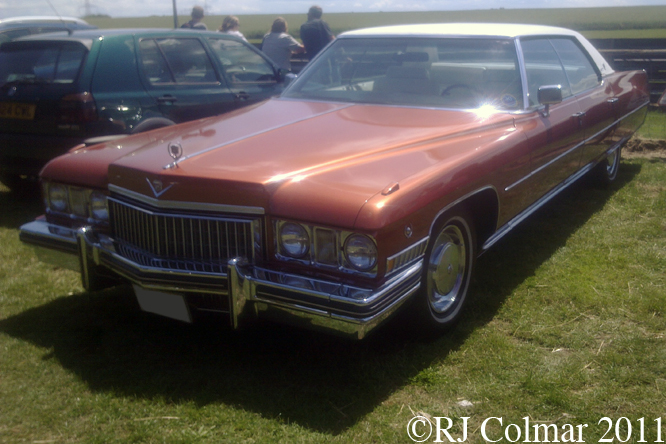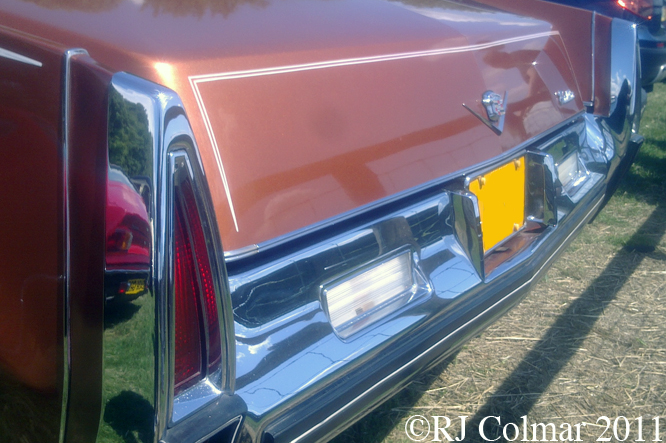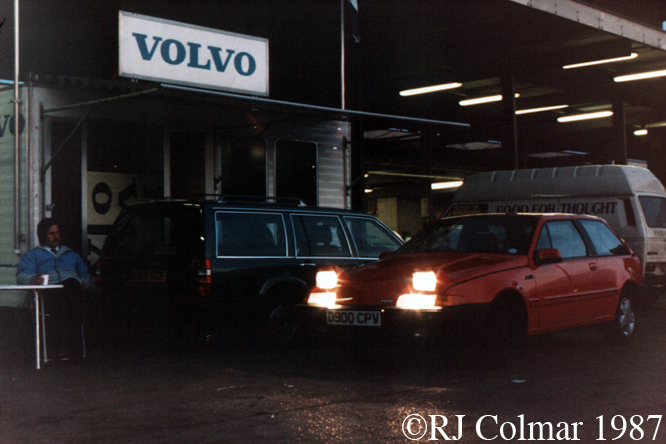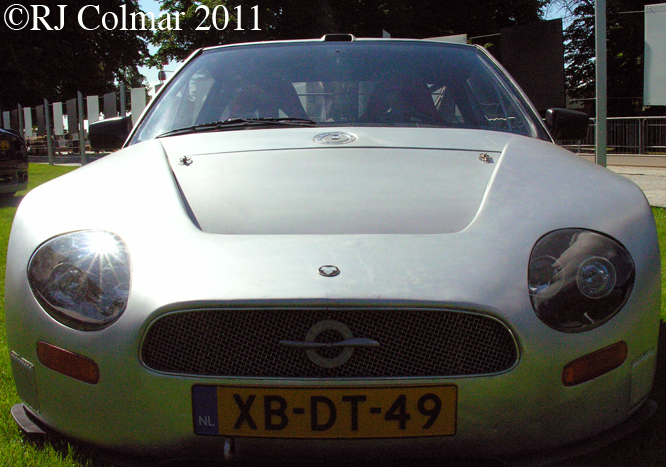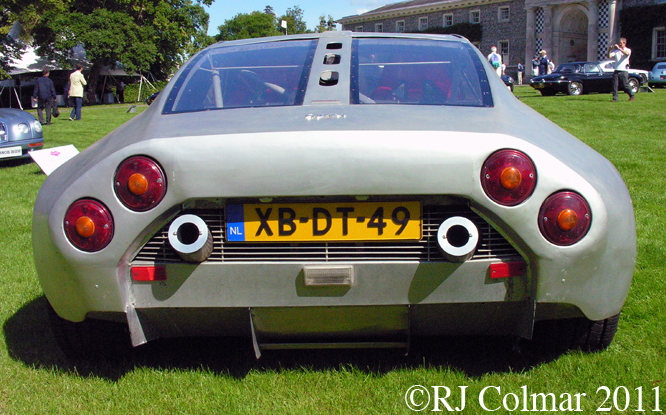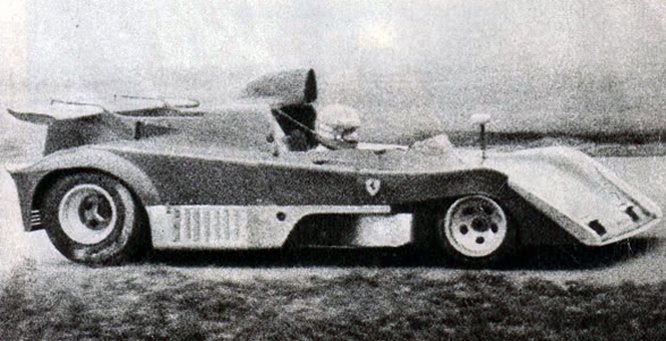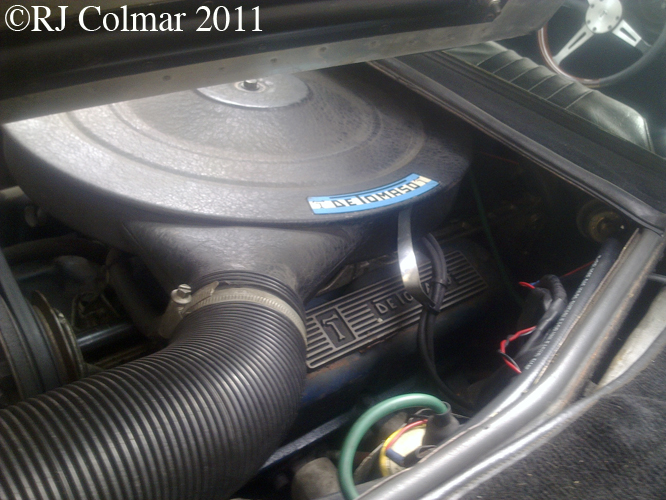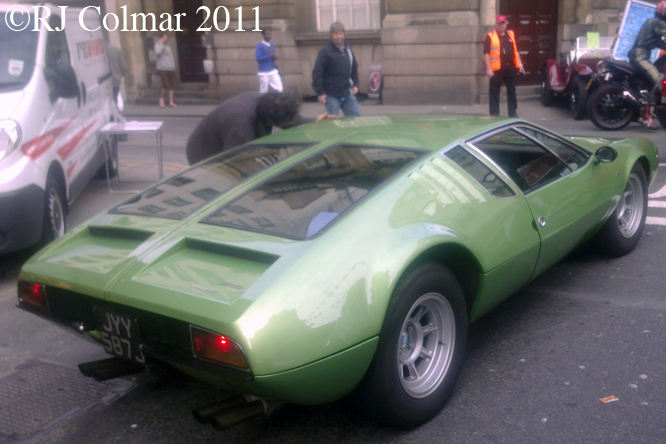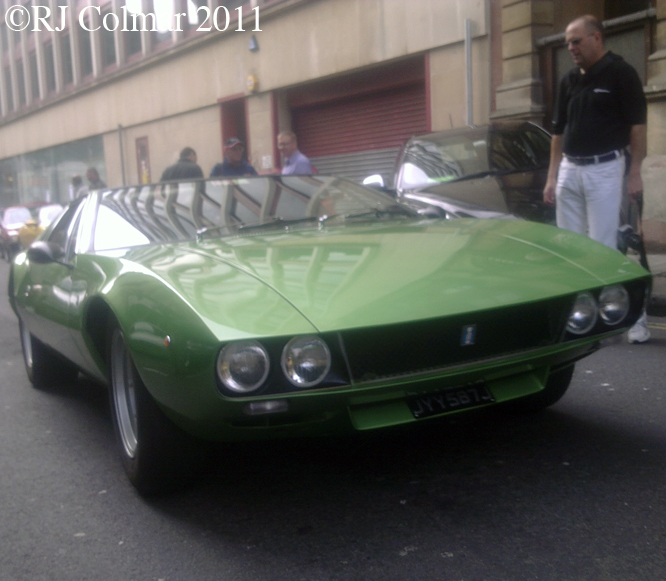Today’s blog, on the 50th anniversary running of the ‘ Indy 500’ in 1961, comes courtesy of photographs by Ed Arnaudin and Phillippe de Lespinay.

Photo by Ed Arnaudin.
AJ Foyt recorded his first of four victories at Indy in 1961 driving the Bowes Seal Fast Special, a Trevis Roadster, outrunning Ed Sachs and Roger Ward both driving Watson Roadsters.
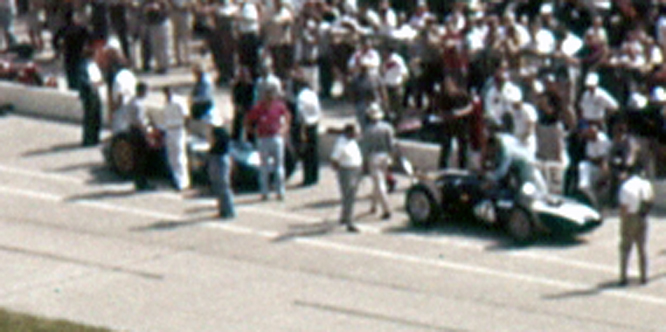
Photo by Ed Arnaudin.
Also on the grid of the 1961 Indy 500 was a small car built in England driven by an Australian who started 13th and came in 9th, perhaps not a stunning performance but none the less a significant marker for the future designs that would appear at Indianapolis.

Photo by Ed Arnaudin.
The #17 Kimberly Cooper Special, was the smallest car in the field powered by the smallest engine a 270 HP 2750 cc / 167 cui 4 cylinder Coventry Climax which gave away around 150 HP to it’s Offenhauser powered opposition. Uniquely that day in May the Cooper had it’s Coventry Climax engine mounted behind the driver.
Despite it’s power disadvantage which showed in straight line speed the Coopers lighter weight and rear engine configuration gave two time, reigning, World Champion,Jack Brabham a superior handling car going round the corners.
Had the team not made an unscheduled third stop, spending over 8 minutes stationary over three stops ‘Black Jack’ wound have been in a competitive position at the end of the race.
Cooper never returned to Indianapolis. The marker they had put down with the rear engine layout was taken up by others and by 1969 all Indy 500 qualifiers had engines mounted in the back, a development that was met with some resistance by both organizers and fellow competitors, who were less than thrilled by all manner of new comers turning up and eventually sweeping up the victory spoils.
In 1963 owner Kjell Kvale, believing some hopelessly optimistic performance figures for a 6 cylinder Aston Martin engine had Joe Huffaker install it in ‘Black Jacks’ 1961 Cooper T54 for Pedro Rodriguez to drive. Due to poor straight line speed Pedro Rodriguez was bumped in qualifying for the 1963 Indy 500.
The unique T54 then passed through 3 hands and by 1977 it had morphed into a Chevrolet powered sprint car. Fortunately many of the original parts that had been replaced in the morphing process had been kept.

Photograph courtesy of Philippe de Lespinay
In 1990 Philippe de Lespinay and Robert G Arnold managed to purchase over 70% of the parts belonging to the T54, along with it’s original equally storied engine, giving Thomas Beauchamp, Gene Crowe and Quincy Epperly the task of restoring the Cooper back to it’s 1961 specification using as all of the recovered original parts, including all of the surviving body panels.

Photograph courtesy of Philippe de Lespinay
During the restoration Jack Brabham found time to visit the shop in California and inspect the work in progress.
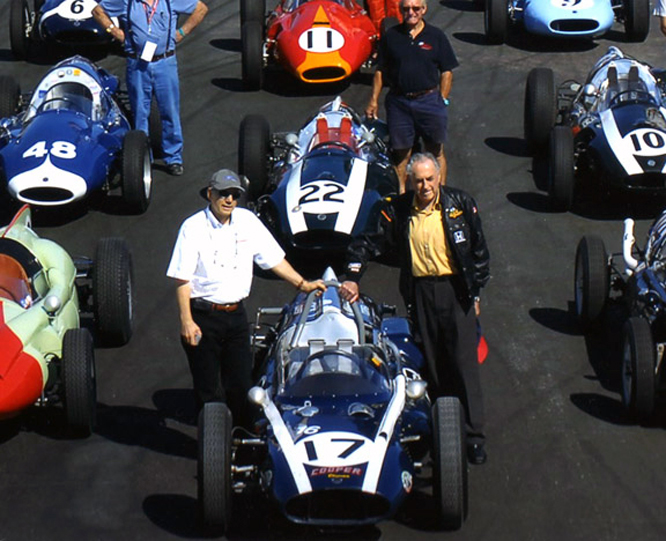
Photograph courtesy of Philippe de Lespinay Monterey 2006
Thirty years after first driving the T54 at Indianapolis Jack Brabham took a belated fairy tale victory to win the 1991 Monterey Cup.

Photograph courtesy of Philippe de Lespinay
Since then the T54 has appeared at the Petersen Automotive Museum, the Marconi Automotive Museum, Pebble Beach Concours d’Elegance and in 2006 was selected as the star of the 2006 Rolex display at Monterey.
In July Philippe will be bring the Kimberly Cooper Special also known as the Cooper Coventry Climax T54 to Goodwood Festival of Speed, where I look forward to seeing the car for the first time in the flesh and meeting Philippe.
My thanks to Steve Arnaudin for scanning and sending his Dad’s photos, to Phillipe de Lespinay for permission to use his photos more of which along with the complete story on the restoration of the T54 may be seen here.
Hope you have enjoyed today’s rear engine edition of ‘Gettin’ a lil’ psycho on tyres’, and that you will join me again tomorrow. Don’t forget to come back now !
Correction in an earlier edit of this blog I incorrectly stated Pedro Rodrigueuz had crashed the Cooper Aston Martin, this was definitely not the case and a case of labelling error by a third party, apologies for any confusion caused.



